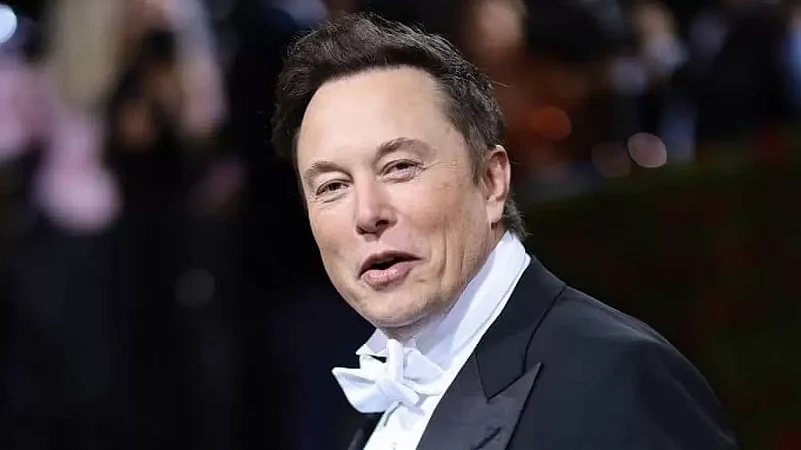In a surprising turn of events, tech visionary and entrepreneur Elon Musk has set the digital world abuzz once again with a new announcement regarding X (formerly known as Twitter). The Tesla CEO, known for his innovative leaps in technology and bold decisions, has revealed his plans to remove the long-standing blocking feature for users on the platform. This move might reshape the way we connect, communicate, and coexist in the virtual realm.
The announcement emerged as a response to a user's inquiry concerning the action of blocking or unmuting individuals. In response, the billionaire entrepreneur declared his intention to entirely abolish the concept of blocking as a feature. According to him, the feature “makes no sense.”
“Block is going to be deleted as a ‘feature’, except for DMs,” Musk posted on X. “Makes no sense.”
According to the microblogging platform's description, the ‘block’ feature is "a feature that helps you control how you interact with other accounts on Twitter. This feature helps people in restricting specific accounts from contacting them, seeing their Tweets, and following them."
Numerous users have resorted to this feature as a means of defense against harassment, threats, or stalking encountered within the platform.
In lieu of the ‘block’ feature, Musk proposed that users on the platform use the ‘mute’ function. However, it's important to note that the platform's "mute" button merely eradicates a particular account's posts from one's timeline without severing the following or blocking connection.
Contrarily, utilizing the ‘block’ mechanism inhibits another account from accessing one's public posts on the platform. Furthermore, accounts subjected to ‘mute’ can still engage in replies to one's public posts, although without notification and hidden by default from the user's view.
An alternative approach for X users involves setting their account to "private," granting them authority over who can view and interact with their posts.
“When you sign up for Twitter, your Tweets are public by default; anyone can view and interact with your Tweets. If you protect your Tweets, you’ll receive a request when new people want to follow you, which you can approve or deny,” the company explains on its help site.
















